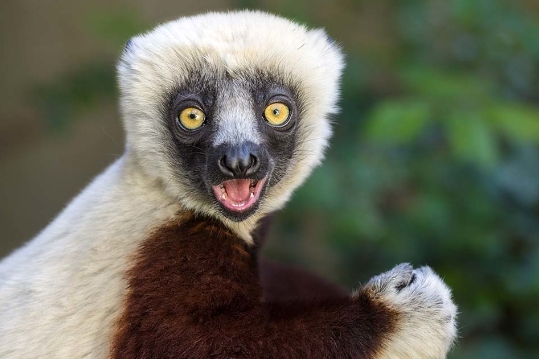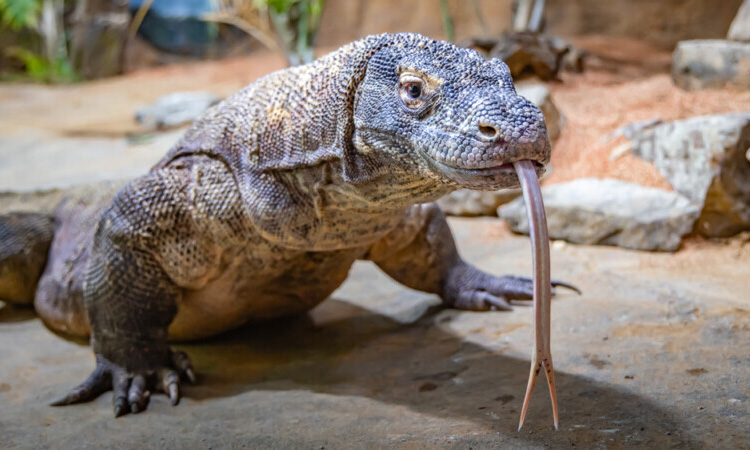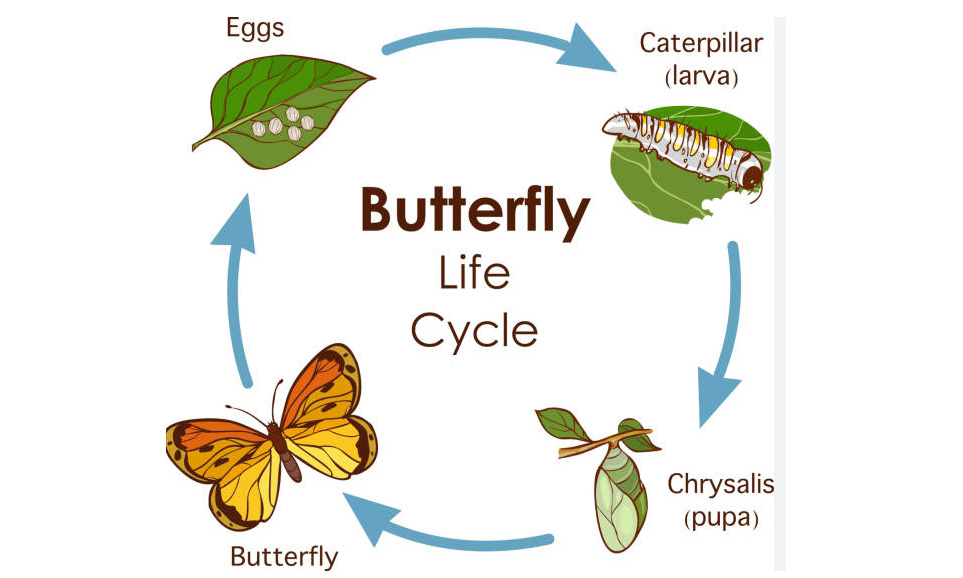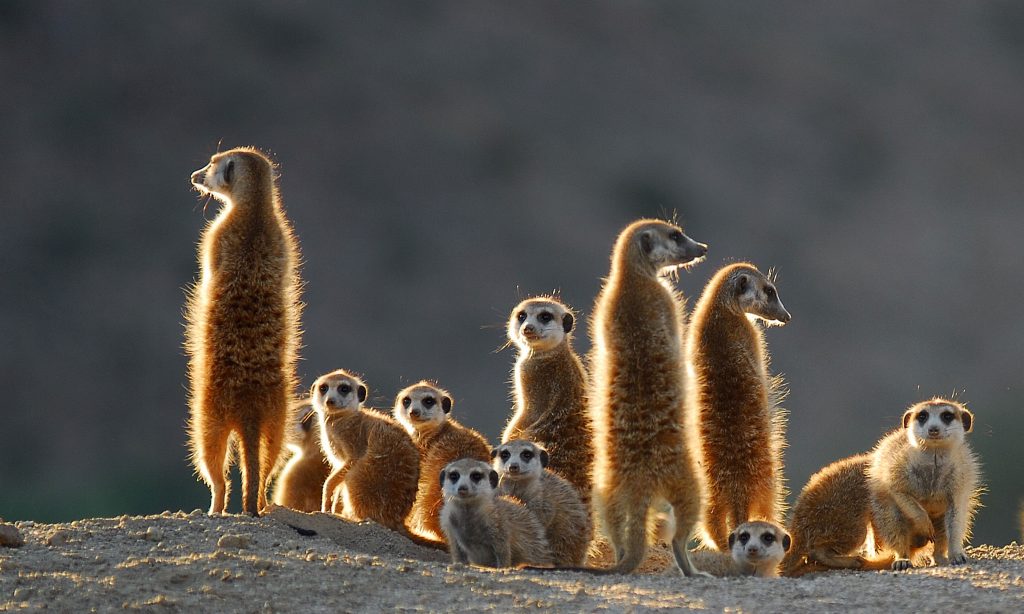The Enigmatic Coquerel’s Sifaka: Madagascar’s Most Unique Lemur
Found only in the dry forests of Madagascar, Coquerel’s sifaka (Propithecus coquereli) is one of the most unique and enigmatic lemurs on the island. With its distinctive appearance, behavior, and vocalizations, this primate has captured the attention of researchers and wildlife enthusiasts around the world.
Distinctive Appearance
Coquerel’s sifaka is easily recognizable by its striking black and white fur pattern. Its body is covered in fluffy white fur, while its face, hands, and feet are adorned with black markings. This coloration helps the sifaka blend in with the trees and branches in its forest habitat.
The sifaka also has a long, bushy tail that it uses to help balance as it leaps through the treetops. These lemurs are expert climbers and can jump distances of over 30 feet between trees with ease.
Unique Behavior
One of the most fascinating aspects of Coquerel’s sifaka is its unique way of moving. Unlike other lemurs that primarily move on all fours, the sifaka moves by a method known as “vertical clinging and leaping.” This means that the sifaka uses its powerful hind legs to push off from one tree and leap to another, often landing in an upright position on its hind legs.
This method of locomotion is not only efficient for moving through the dense forest canopy but also allows the sifaka to cover great distances quickly while conserving energy.
Vocalizations and Communication
Coquerel’s sifaka is also known for its loud and distinctive vocalizations. These lemurs have a wide range of calls, including loud barks, screams, and honks, which they use to communicate with each other and mark their territory.
Their vocalizations are not only used for social communication but also play a role in maintaining the sifaka’s social structure and hierarchy within the group. Researchers have identified different calls for different situations, such as warning calls for predators or calls during mating season.
Conservation Status
Despite their unique and fascinating characteristics, Coquerel’s sifaka is facing numerous threats to its survival. Habitat loss, deforestation, and hunting are some of the main factors contributing to the decline of the sifaka population in Madagascar.
Conservation efforts are underway to protect the remaining populations of Coquerel’s sifaka and their habitats. Increasing awareness of the importance of these lemurs and their role in the ecosystem is crucial for their long-term survival.
In conclusion, Coquerel’s sifaka is a truly remarkable and enigmatic lemur species that plays a vital role in the biodiversity of Madagascar. With its distinctive appearance, behavior, and vocalizations, the sifaka continues to captivate and inspire those who are fortunate enough to observe these incredible primates in the wild.




